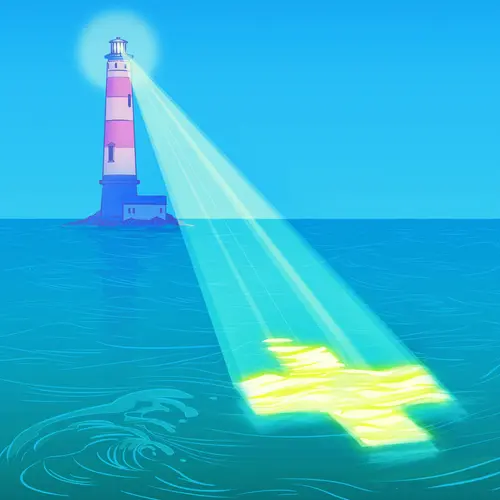Dec. 11, 2024 – Most women have stepped inside a bathroom at the doctor’s office to collect a urine sample for various tests. Now, they may also be asked to do a quick vaginal swab to be screened for cervical cancer.
The self-collection method offers an additional cervical cancer screening option for women age 30 to 65, according to new guidelines published this week by the U.S. Preventive Services Task Force. The self-collection technology was approved by the FDA earlier this year, and is already used in other parts of the world. It’s also an option for a clinician to do the vaginal swab. The specimen is tested for human papilloma virus (HPV), which causes most cases of cervical cancer.
In making the new recommendation, the task force members emphasized that most cases of cervical cancer occur among people who don’t get regular screenings or appropriate treatment for precancerous conditions.
The USPSTF now lists these recommended options for cervical cancer screening for women ages 30 to 65:
- Pap smear every 3 years (also called cervical cytology), where a clinician collects cervical cells that are tested for changes caused by HPV.
- HPV testing every 5 years, using a vaginal swab sample that is either clinician- or self-collected. The task force members called this option “the optimal balance of benefits and harms.”
- Combined testing every 3 years, which would include both a Pap smear and vaginal swab HPV testing.
There are about 11,000 cases of cervical cancer annually, and 4,000 people die each year from the disease. It is considered one of the most preventable types of cancer because of the effectiveness of early treatments and available vaccines. Health officials hope that self-swabbing may lead to more people getting screened.
Women ages 21 to 29 years old should get screened for cervical cancer via Pap smear every three years, the task force advised.

